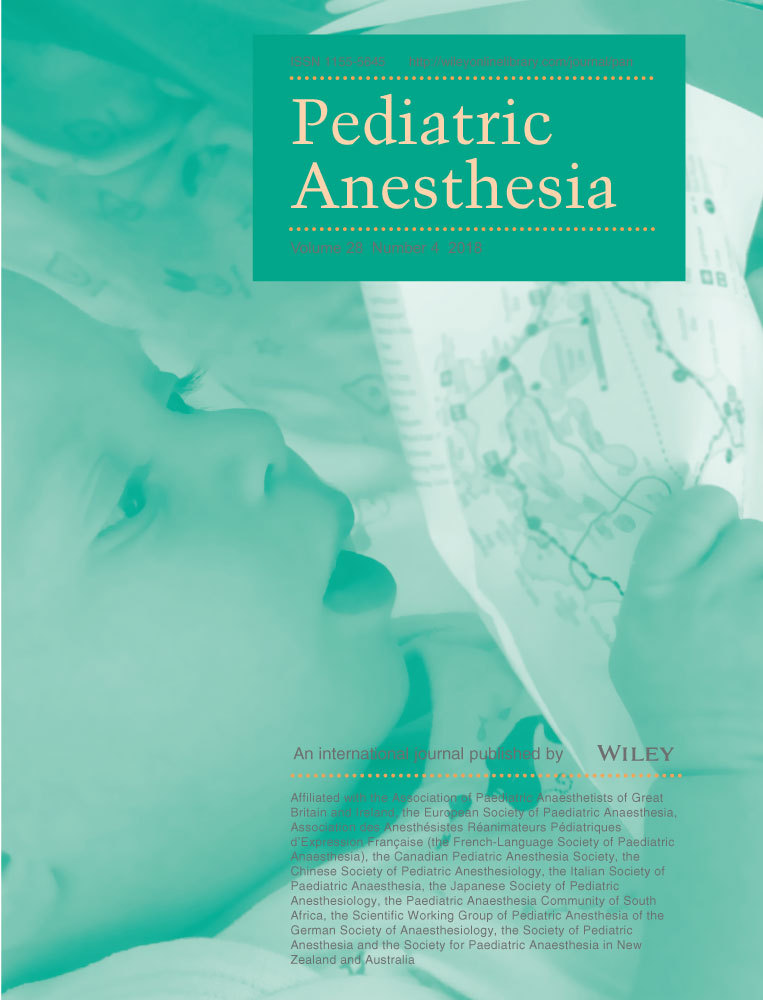Analysis of the impact of race on blood transfusion in pediatric scoliosis surgery
Funding information
This manuscript was funded by departmental resources.
Summary
Introduction
Surgical correction of pediatric scoliosis is associated with significant blood loss. Minimizing estimated blood loss and blood transfusion is beneficial as transfusions have been associated with increased morbidity, including risk of surgical site infections, longer hospitalizations, and increased cost. Although there is evidence that African-American or Black adults are more likely to require intraoperative blood transfusion compared with Caucasian or White adults, the reasons for this difference are unclear.
Methods
The electronic records for all patients <18 y/o undergoing primary corrective scoliosis surgery by a single pediatric orthopedic surgeon at a single academic medical center between 2013 and 2015 were collected and reviewed. Multivariate models were performed to assess the association between Black race and blood loss/transfusion in primary pediatric scoliosis surgery.
Results
In a multivariate model, Black race was independently associated with 1.61 times higher estimated blood loss than White race (P < .01; 95% CI = 1.16-2.23). Additionally, compared to a White patient, the odds a Black patient received blood transfusion was 6.25 times higher (P = .03; 95% CI = 1.56-25.06) and among the patients who received blood transfusion, Black race was independently associated with 2.61 times greater volume of blood transfusion than White race (P < .01; 95% CI = 1.54-4.41).
Conclusion
Black race was independently associated with increased estimated blood loss, increased rate of blood transfusion, and increased amount of blood transfused during surgical correction of pediatric scoliosis. Further investigation is needed to better understand the etiology of the disparity and assess opportunities for improving outcomes.
CONFLICT OF INTEREST
None of the authors have any conflict of interest, financial or otherwise, to disclose.




